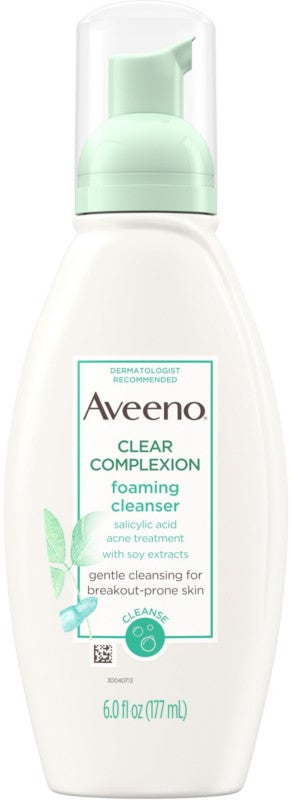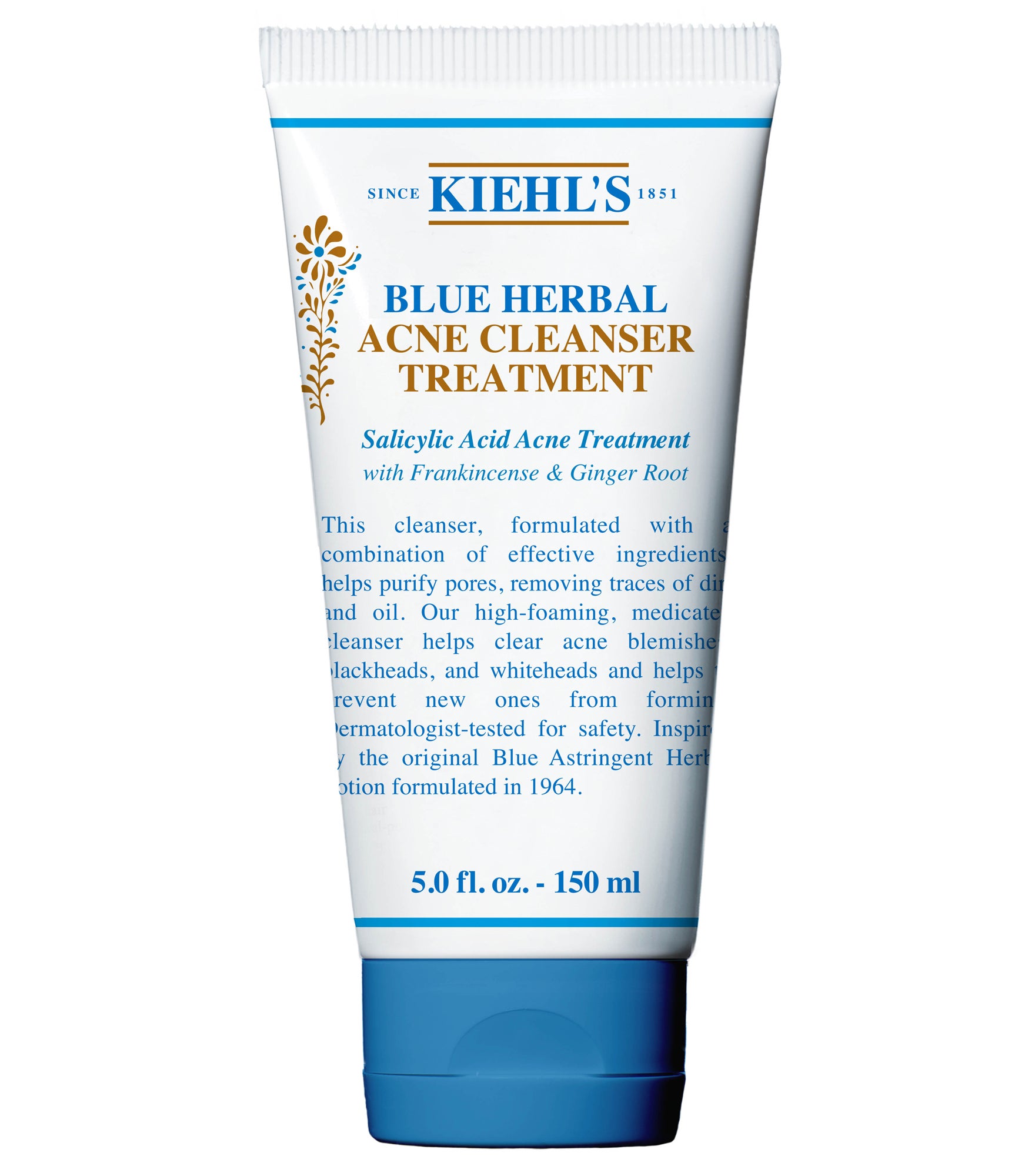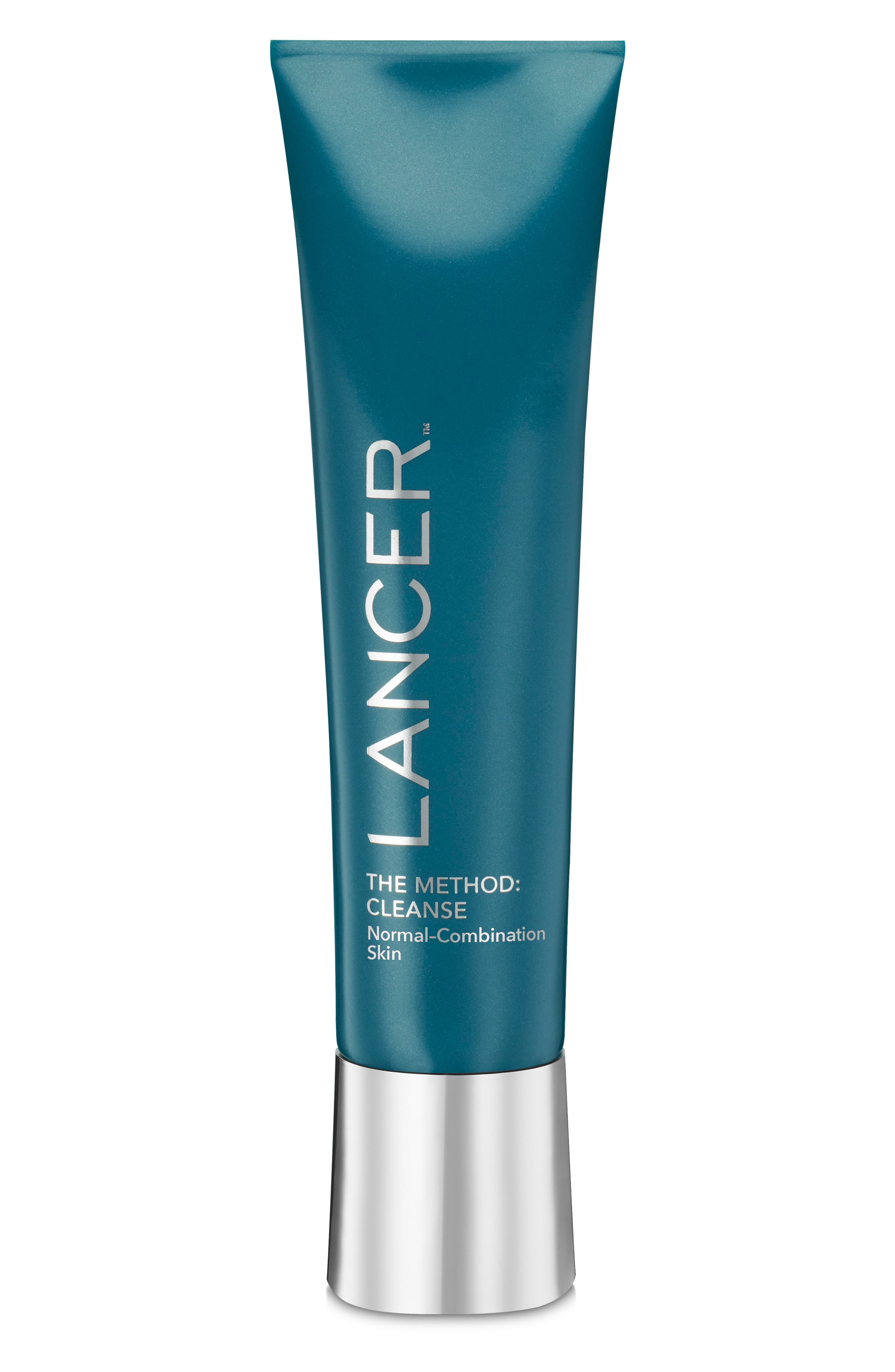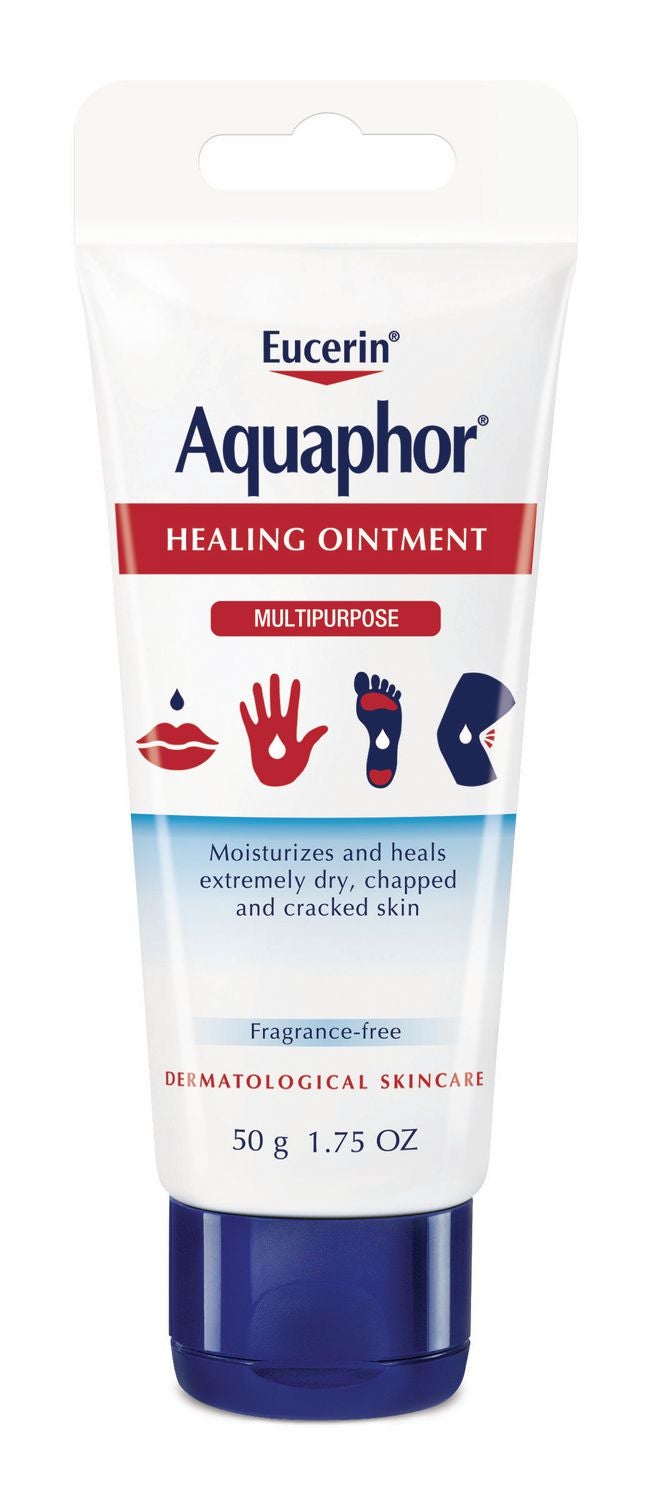With non-medical masks now mandatory in most (indoor) public spaces across Canada as an additional measure of safety to curb the spread of COVID-19, you're likely to soon discover the uncomfortable side effect of keeping your nose and mouth covered for a prolonged period of time: rashes, chafing, and even breakouts.
According to NYC-based dermatologist Joshua Zeichner, MD, the issue lies in the deliberate occlusive nature of a protective mask. It's something that impacts everyone who wears one, but especially the doctors and nurses on the frontlines of the pandemic who have posted selfies of their skin covered in hives, red marks, and even bruises. "Protecting your face with a mask creates a moist, hot environment for your skin, as your breathing is being trapped," Dr. Zeichner explains. "This can lead to a build up of sweat and oil on the skin under the mask, which can lead to inflammation, rashes, and even acne breakouts."
AdvertisementADVERTISEMENT
Ahead, Dr. Zeichner and a few other trusted derms break down their step-by-step advice for keeping your skin clear while following guidelines for wearing a face cover.
Wash Your Face Before And After
After washing your hands, you want to make sure you also wash your face thoroughly before and after wearing a mask. Dr. Zeichner recommends using a foaming cleanser. "Foaming cleansers remove oil more effectively than hydrating oils or balms will," he explains. "For people with very oily skin, look for a face wash that contains salicylic acid. This will help remove excess oil and dead cells from the surface of the skin, which will prevent potential flareups and clogged pores."
Lightly Moisturize
Next, it's important to apply a lightweight moisturizer, even if your skin tends to be oily. "Skin hydration and skin oil production are separate issues," explains Dr. Zeichner. "Even acne-prone people may need a moisturizer. Especially if you're wearing a mask, you want to make sure you skin barrier is in the best shape possible, which means it's both balanced and hydrated."
Skip Makeup Under Your Mask
It might seem obvious, but if you're used to wearing makeup on your entire face, it's time to shift your application to only what's above eye level. "Any potentially irritating or pore-clogging ingredients should be avoided under the mask-covered skin," explains Manhattan-based dermatologist Hadley King, MD. "I would recommend minimizing makeup — particularly foundations and concealer with heavy formulations — because the increased humidity under the mask could affect your skin's sebum production and potentially lead to an increase in clogged pores and breakouts."
AdvertisementADVERTISEMENT
Opt For A Breathable Cotton Face Cover
According to the CDC, the American public should be wearing cloth face coverings — not surgical masks or N-95 respirators, as those are critical supplies that must be reserved for frontline healthcare workers. When it comes to fashioning your own mask, you want to make sure the fabric that touches your face is comfortable. "Cotton is a breathable fabric and will therefore be relatively non-irritating for the skin," says Dr. King. It's also recommended by the CDC, which advises slipping another filter (like a coffee filter) in between the fabric for added protection.
Director of Pigmented Lesions and Skin Cancer at Mount Sinai Hospital, Dr. Orit Markowitz, adds that you want your mask to be secure, but no tighter than necessary to achieve a skin-to-mask seal. "The best idea is to wear a cover that sits close to the skin and that doesn't wave away," explains Dr. Markowitz. "It's important to remember to touch the mask as little as possible, so you certainly want to wear something that is comfortable, especially if you have sensitive skin."
Treat Rashes and Breakouts With TLC
If you've already experienced a bit of irritation or redness from mask-to-skin friction, Dr. King recommends treating it with good, old-fashioned Aquaphor. "If you notice this kind of irritation after removing the mask, wash the area with water and a gentle cleanser, then apply an ointment, like Aquaphor Healing Ointment, to help the skin heal," Dr. King says.
AdvertisementADVERTISEMENT
Dr. Markowitz adds that the same care should be taken with breakouts. If you can clearly recognize your condition as acne (whiteheads, blackheads, or pustules), you can treat those areas with a benzoyl peroxide spot treatment or salicylic acid. But if this is a first-time occurrence or it looks unusual in any way, you might need a teledermatology appointment to assess what's going on and potentially get a prescription for an antibiotic or anti-fungal cream.
At the end of the day, protecting yourself and others is the number one priority — and maintaining a strong skin barrier (which helps prevent the spread of bacteria, viruses, and infection) is just as much a part of that as wearing a mask.
COVID-19 has been declared a global pandemic. Go to the Public Health Agency of Canada website for the latest information on symptoms, prevention, and other resources.
At Refinery29, we’re here to help you navigate this overwhelming world of stuff. All of our market picks are independently selected and curated by the editorial team. If you buy something we link to on our site, Refinery29 may earn commission.
AdvertisementADVERTISEMENT











